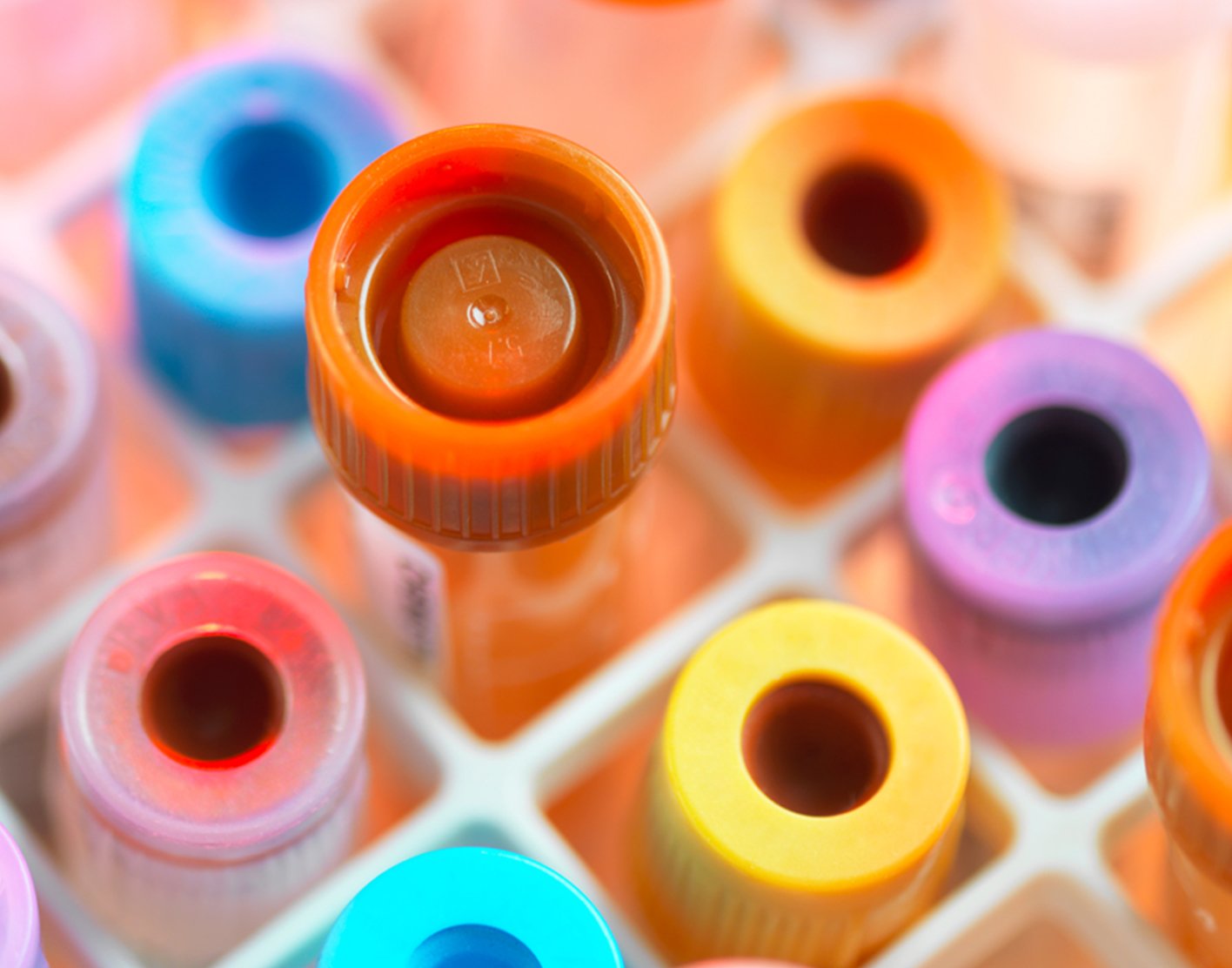
Reticulocyte count
Definition
Reticulocytes are slightly immature red blood cells. A reticulocyte count is a blood test that measures the amount of these cells in the blood.
Alternative Names
Anemia - reticulocyte
How the Test is Performed
A
How to Prepare for the Test
No special preparation is necessary.
How the Test will Feel
When the needle is inserted to draw blood, some people feel moderate pain. Others feel only a prick or stinging. Afterward, there may be some throbbing or a slight bruise. This soon goes away.
Why the Test is Performed
The test is done to determine if red blood cells are being created in the bone marrow at an appropriate rate. The number of reticulocytes in the blood is a sign of how quickly they are being produced and released by the bone marrow.
Normal Results
A normal result for healthy adults who are not anemic is 0.5% to 2.5%.
The normal range depends on your blood level of hemoglobin. Hemoglobin is a protein in red blood cells that carries oxygen. The range is higher if hemoglobin is low, from bleeding or if red cells are destroyed.
Normal value ranges may vary slightly among different laboratories. Some labs use different measurements or test different samples. Talk to your health care provider about the meaning of your specific test results.
What Abnormal Results Mean
A higher than normal reticulocyte count may indicate:
- Anemia due to red blood cells being destroyed earlier than normal (
hemolytic anemia ) - Bleeding
- Blood disorder in a fetus or newborn (erythroblastosis fetalis)
- Kidney cysts or tumors, with increased production of a hormone called
erythropoietin - Pregnancy
A lower than normal reticulocyte count may indicate:
- Anemia caused by low iron levels, or low levels of vitamin B12 or folate
- Bone marrow failure (for example, from a certain medicine, tumor, radiation therapy, or infection)
Chronic kidney disease , due to decreased amounts of a key hormoneCirrhosis of the liver
Risks
There is little risk involved with having your blood taken. Veins and arteries vary in size from one person to another and from one side of the body to the other. Taking blood from some people may be more difficult than from others.
Other risks associated with having blood drawn are slight but may include:
- Excessive bleeding
- Fainting or feeling lightheaded
- Multiple punctures to locate veins
- Hematoma (blood buildup under the skin)
- Infection (a slight risk any time the skin is broken)
References
Culligan D, Watson HG. Blood and bone marrow. In: Cross SS, ed. Underwood's Pathology. 7th ed. Philadelphia, PA: Elsevier; 2019:chap 23.
Kliegman RM, St. Geme JW, Blum NJ, Shah SS, Tasker RC, Wilson KM. Blood disorders. In: Kliegman RM, St. Geme JW, Blum NJ, et al, eds. Nelson Textbook of Pediatrics. 21st ed. Philadelphia, PA: Elsevier; 2020:chap 124.
Lin JC. Benz EJ Jr. Approach to anemia in the adult and child. In: Hoffman R, Benz EJ, Silberstein LE, et al, eds. Hematology: Basic Principles and Practice. 8th ed. Philadelphia, PA: Elsevier; 2023:chap 35.
Means RT Jr. Approach to the anemias. In: Goldman L, Cooney KA, eds. Goldman-Cecil Medicine. 27th ed. Philadelphia, PA: Elsevier; 2024:chap 144.
Review Date: 11/03/2024
The information provided herein should not be used during any medical emergency or for the diagnosis or treatment of any medical condition. A licensed physician should be consulted for diagnosis and treatment of any and all medical conditions. Call 911 for all medical emergencies. Links to other sites are provided for information only -- they do not constitute endorsements of those other sites. Copyright ©2019 A.D.A.M., Inc., as modified by University of California San Francisco. Any duplication or distribution of the information contained herein is strictly prohibited.
Information developed by A.D.A.M., Inc. regarding tests and test results may not directly correspond with information provided by UCSF Health. Please discuss with your doctor any questions or concerns you may have.



























